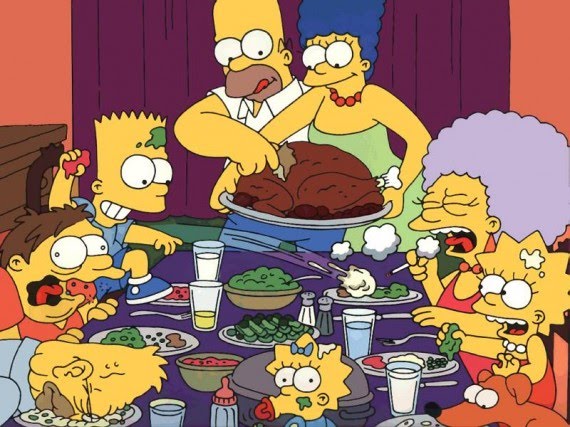Family Stories, Dining Table, and Sales Growth
- Transfer

Sometimes, when we explore the world out of sheer curiosity, this allows us to find new moves for business and ways to improve customer service. Bob Moesta and Chris Spiek from The Re-Wired Group do just that.
In 2005, before Re-Wired, Bob had developed unusual house sales mechanics that helped his real estate firm increase revenue by 23%. The most interesting thing in this situation is that Bob was able to derive an algorithm for "inventing" such breakthrough ideas for any type of business.
At that time, Bob was vice president of a home sales company. Then, as, in general, even now many families sought to "exchange" their larger living space for a smaller house - the children grew up, whoever left, and the "nest" became too big for only two. In addition, a large house or apartment is more difficult to clean, more expensive to heat, and so on. Older couples were well aware of their needs and knew that they would have enough and a much smaller house. Almost all of them no longer needed a large dining room, but wanted a spacious second bedroom, where their children who came to visit their parents could stay.
Everything seems to be clear and clear. But not really.
Often, after the architect completed the final project, which took into account all the wishes of the customers, they did not want to buy such a house. Bob, who in his youth was seriously engaged in aerospace development and did not lose a single drop of curiosity inherent in this type of people, decided to understand the causes of this phenomenon at all costs.
He stopped focusing on sales and began to listen more to what people were saying about the planned move. He heard thousands of stories (both good and sad) about family life in the old place. It turned out that most of these stories were somehow related to the dining table - celebrating holidays, the arrival of guests, homework with children - all this often took place at this table. Each couple had such stories.
And then it dawned on Bob.
The dining table was the cornerstone on which family memories have been held for decades. But when moving, he would have to get rid of it. The architects created the appearance of an amazing house - it was magnificent exactly until the moment when the buyers refused (without realizing it) to get rid of a piece of the old meddel, which absorbed a million memories and emotions of family life and parenting. It seemed to euthanize his beloved dog it would be easier.
Bob made the architects cut off a couple of square meters from the spacious second bedroom in favor of a smaller kitchen. Immediately after this, sales began to grow, transactions closed much faster than before. Bob listened to what clients said about the small kitchen and the large second bedroom, and did exactly the opposite. Here's how he explains his decision:
Customers do not want what they think they want. Our sales began to grow when we refocused on what potential buyers said about their wishes, on what they actually did. They said that they did not plan to hold large feasts, but all their emotions were tied to this old table. They did not need a table for their intended use, but they needed this table.
Branding experts and customers agree that the world does not need “another” car, a “new music site” or an “innovative energy drink”. Getting something new may please something, but the inspiration from changing something old to a new one does not come. The task is to find something both worthwhile and new at the same time.
Bob and Chris teach us how to do this effectively: instead of listening to customers' wishes, it’s much smarter to listen to the stories they tell, which involve products or services that you sell.
As Chris says: “In the process of dialogue, it is important to be able to read between the lines and seek out such information that the interlocutor gives out unknowingly. No one in their right mind will ever tell you that because of the unwillingness to part with the old dining table, the family did not move for several years, but when you hear the mention of this table several times, it is worth thinking about digging deeper in this direction. Finding such hidden motivations can help significantly improve the quality of the service. ”
If you learn this, you can find “dining table factors” in your business and use them to increase sales.
